Ribbon Leaf Japanese Maple (Acer Palmatum ‘Atrolineare’) – 3 Gallon Pot
$134.85 Original price was: $134.85.$94.40Current price is: $94.40.
SKU: D2LSC 3927665549 Category: JAPANESE MAPLE TREES
- Buy quality, buy with us.
- Your Security is Our Promise
- Sustainable materials, for a better tomorrow.
- SSL encryption, absolutely safe shopping

Atrolineare Ribbon Leaf Japanese Maple
Acer palmatum ‘Atrolinear’ a/k/a ‘Filifera Purpurea‘
Other Names: Ribbon Leaf Japanese Maple
Plant Details
USDA Plant Hardiness Zones: 5a-9a Find Your Zone
Plant Type: Deciduous Tree
Height at Maturity: 8-12′
Width at Maturity: 8-10′
Spacing: 14’+ for space between plants
Spacing: 14’+ for space between plants
Growth Habit / Form: Upright, Vase-Shaped
Growth Rate: Moderate
Foliage Color in Spring: Red with Purple cast
Foliage Color in Summer: Bronze Green to Purplish Green
Foliage Color in Fall: Brick Red to Orange-Red
Light Needs: Morning Sun with Dappled or Afternoon Shade, All Day Filtered Sun, Sun or Mostly Sun
Water Needs: Average, lower when established
Soil Type: Sandy, Loam & Clay (Condition heavy clay soils when planting)
Drainage: Moist But Well Drained – Well drained soil is a must!
Soil pH: 5.0 – 7.0 is ideal
Maintenance: Low
Resistances: Deer, Heat Tolerant, Sun Tolerant, Disease
Description
One of the most elegant Japanese Maples in our gardens, ‘Atrolineare’, also known as ‘Filifera Purpurea’, is an upright, vase-shaped small tree featuring finely dissected, very thin ribbon-like leaves that provide soft and beautiful texture in the garden. The leaves emerge a deep red with a purplish cast changing to a bronze-green in summer and then to dazzling shades of red and orange in the fall. At 8 to 12 feet in height, this one is a fine addition to smaller garden spaces and is excellent for growing in containers.
Landscape & Garden Uses
To showcase its magnificence and beauty, the Atrolineare Ribbon Leaf Japanese Maple is best used in landscape design as a focal point specimen to draw attention to a specific area of the home or landscape. That said, you can plant them in groupings of three or plant one on both sides top frame an entryway. An ideal selection for landscape beds or in containers.
Suggested Spacing: At least 14 feet apart for space between trees
Note: One Japanese Maple can make a landscape…that is, if you don’t overcrowd it with other trees and plants. Therefore, when choosing companions to plant under or around your Japanese Maple, make sure to select low-growing shrubs or groundcover plants that won’t interfere at all with your tree.
Note: For our customers who live and garden north of USDA Plant Hardiness Zone 5a, where this Japanese Maple variety is not reliably winter hardy, you’ll be happy to know it can be grown in containers that can be brought indoors during winter and placed back outside when temperatures warm up in spring.
Growing Preferences
Though delicate looking, Japanese Maples are actually very tough and long-lived trees that are very easy to grow. Container culture can extend their useful range. They are extremely easy to grow in containers, a practice taken to its most extreme form in the art of bonsai.
In their natural habitat, Japanese Maples are understory trees, growing in dappled forest sunlight at the edges of woodlands. Ideally they prefer to be grown in similar conditions. That said, Atrolineare Ribbon Leaf Japanese Maple is one that will tolerate more sun than others.
Most any average garden soil will grow Japanese Maples. They prefer a moist but well-drained soil rich in organic matter. As with so many other ornamental plants and trees, constantly soggy or wet soil can be problematic. So make sure to plant your Japanese Maple in a well-drained site.
Helpful Articles
Click on a link below to get helpful advice from our experts on how to plant and care for Japanese Maple trees.
How To Plant A Japanese Maple Tree In The Ground
How to Plant A Japanese Maple Tree In A Pot
How To Fertilize And Water A Japanese Maple Tree
How To Prune A Japanese Maple
Plant Long & Prosper!
Meet The Wilson Brothers & Staff
Questions? Contact Us!
Be the first to review “Ribbon Leaf Japanese Maple (Acer Palmatum ‘Atrolineare’) – 3 Gallon Pot” Cancel reply
Related products
Sale!
JAPANESE MAPLE TREES
Sale!
JAPANESE MAPLE TREES
Red Japanese Maple – Acer Palmatum ‘Atropurpureum’ – 1 Gallon Pot
Sale!
JAPANESE MAPLE TREES
Sale!
JAPANESE MAPLE TREES
Sale!
JAPANESE MAPLE TREES
Sale!
JAPANESE MAPLE TREES
Sale!
JAPANESE MAPLE TREES
Twombly’s Red Sentinel Japanese Maple – 2 Gallon Pot (2.5-3′)
Sale!
JAPANESE MAPLE TREES

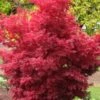


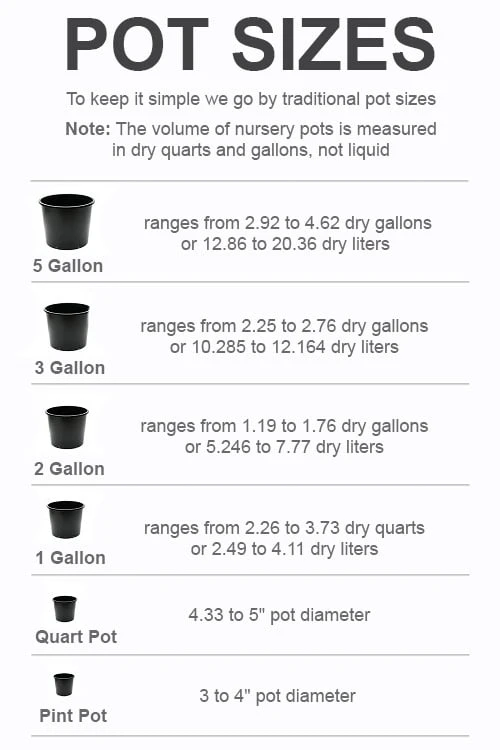
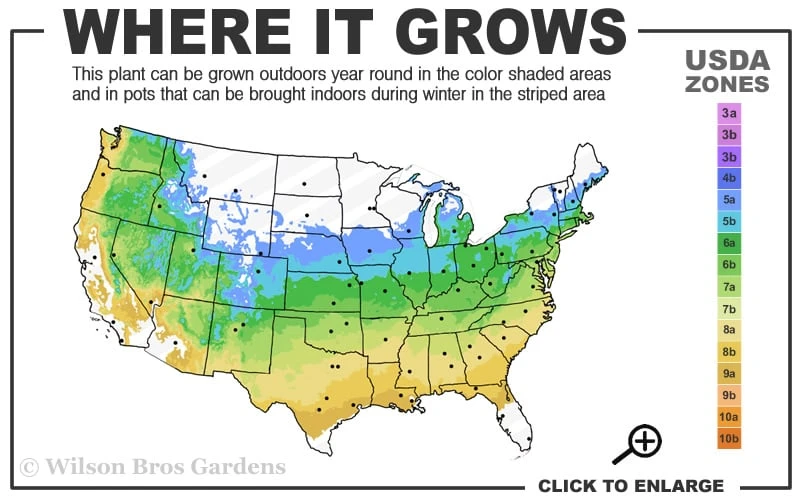
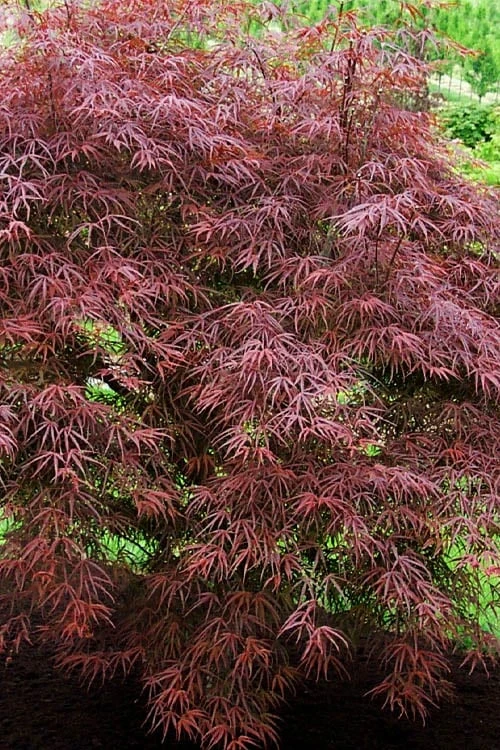
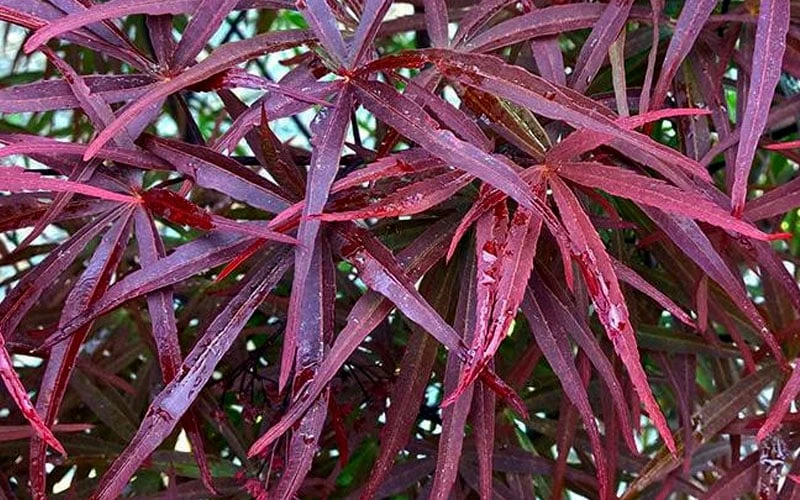
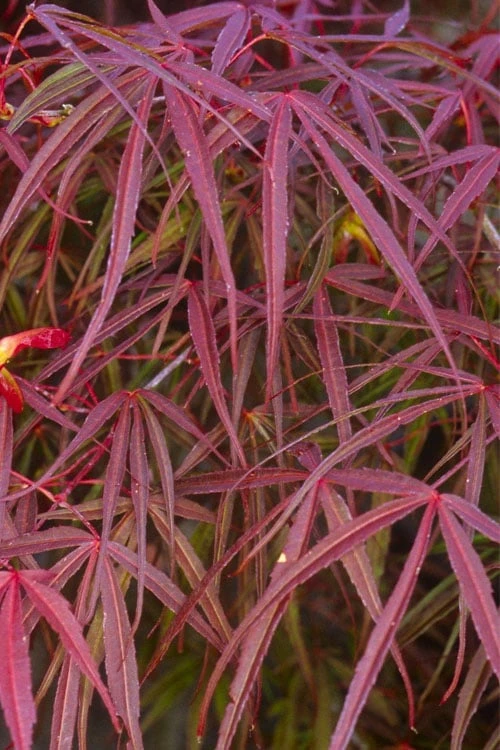
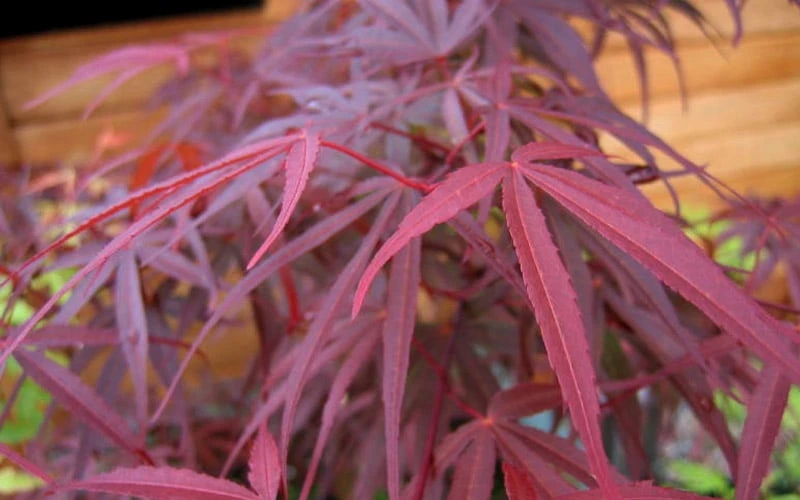
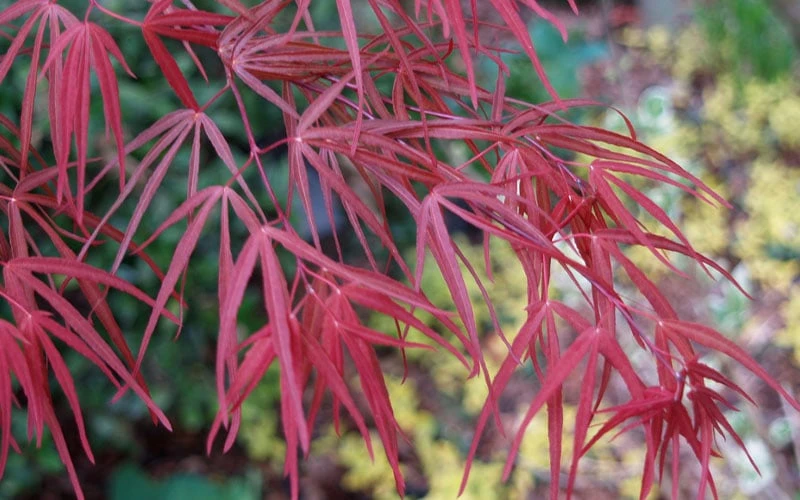
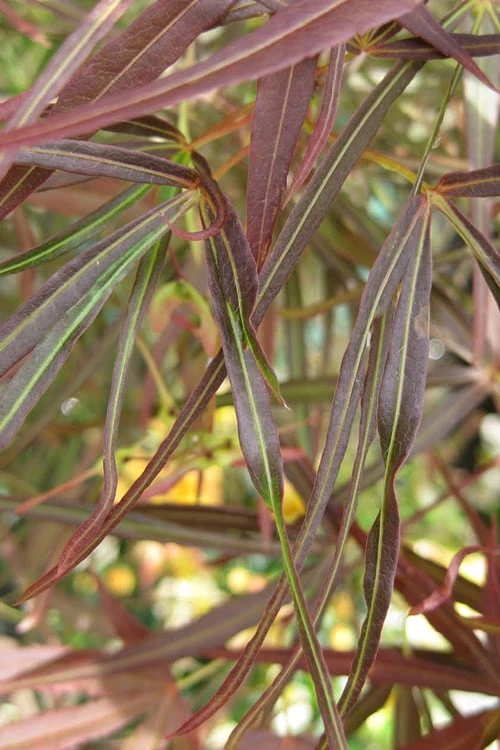


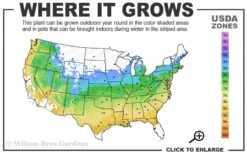

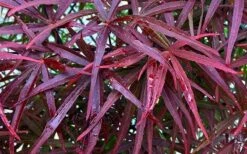
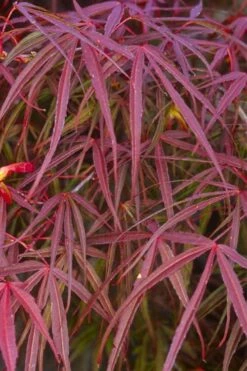


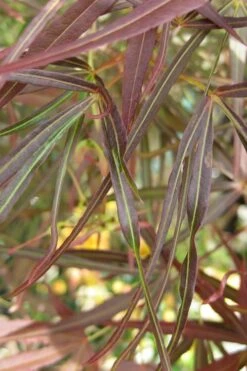
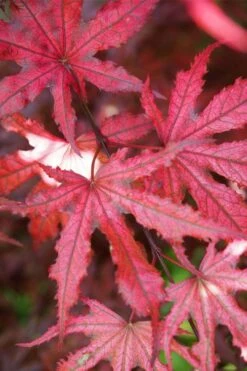
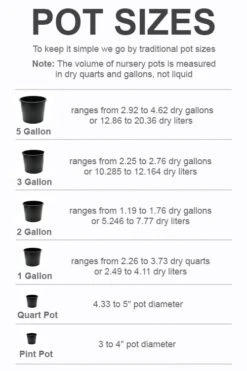
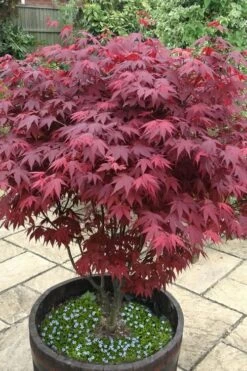

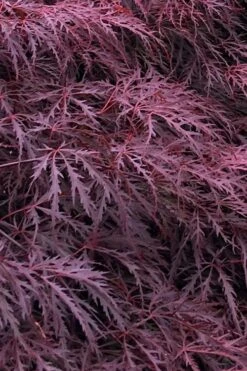

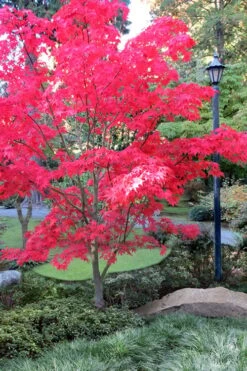
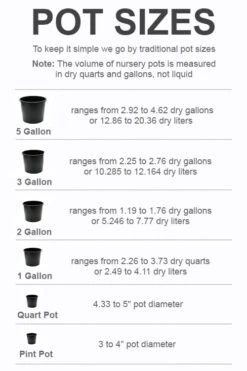
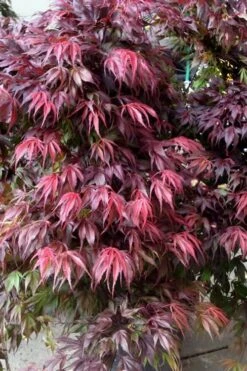
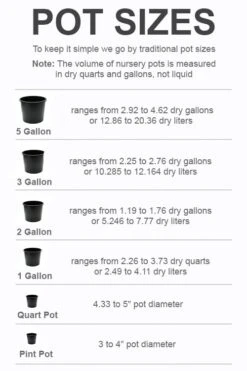
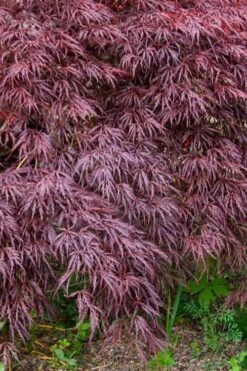
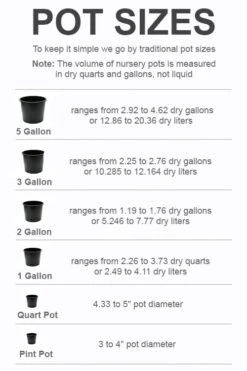

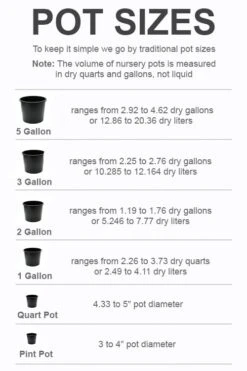
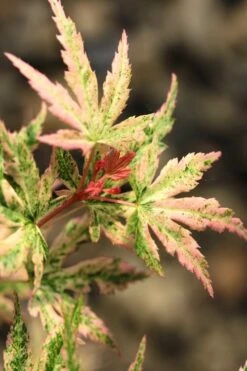
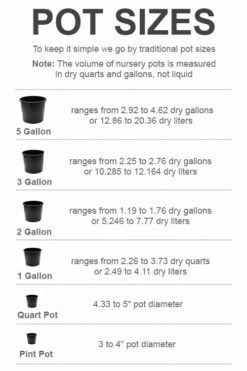
Reviews
There are no reviews yet.